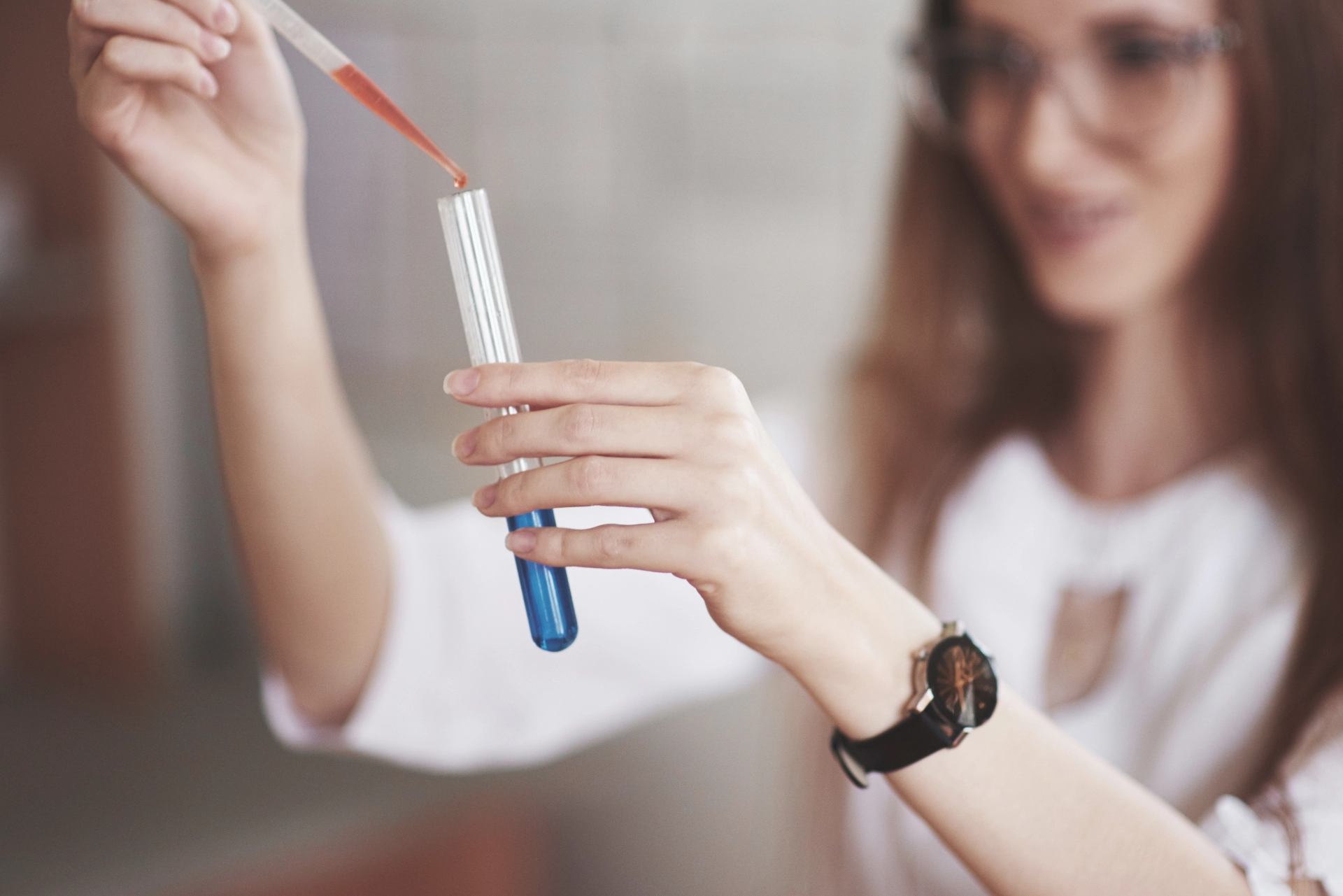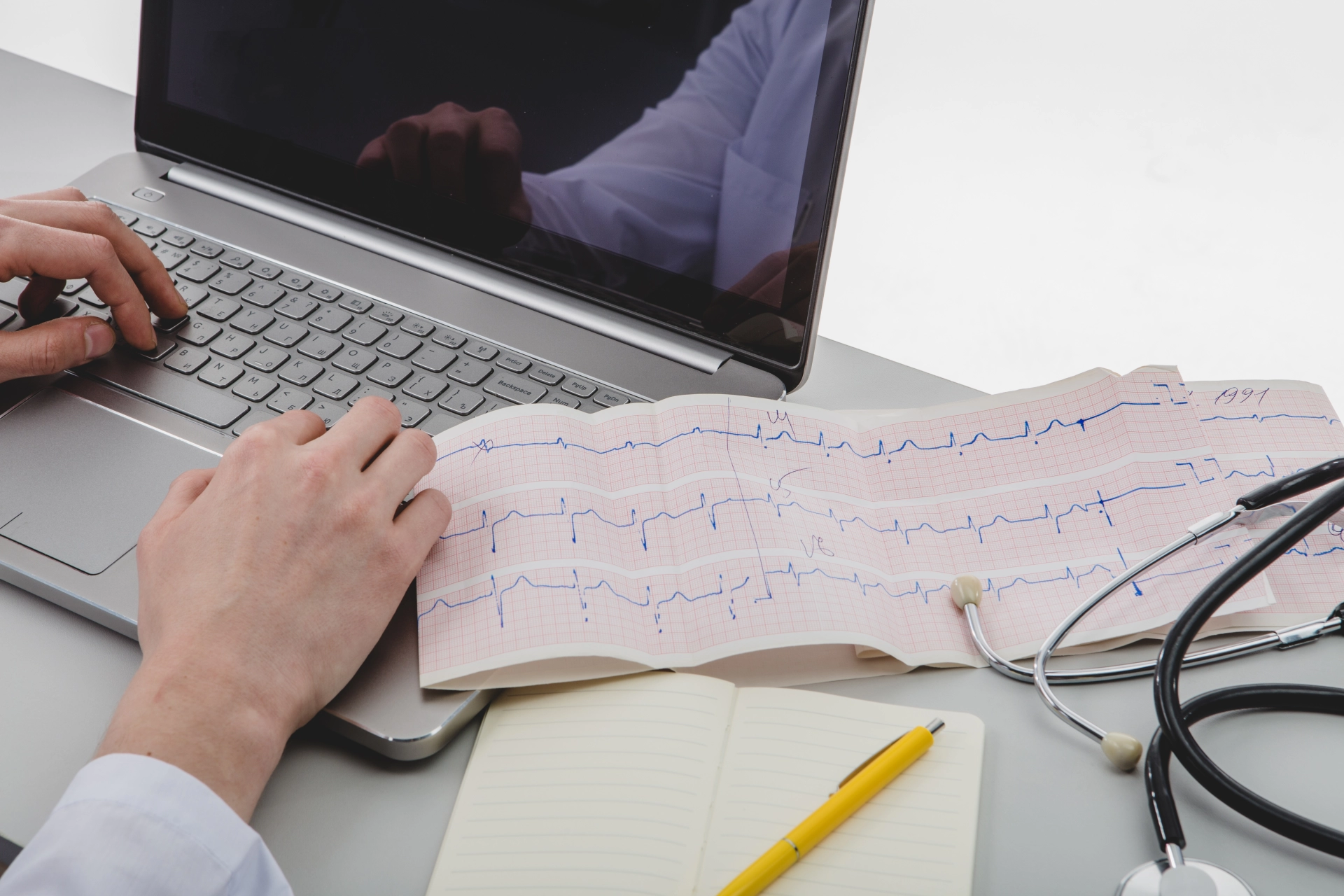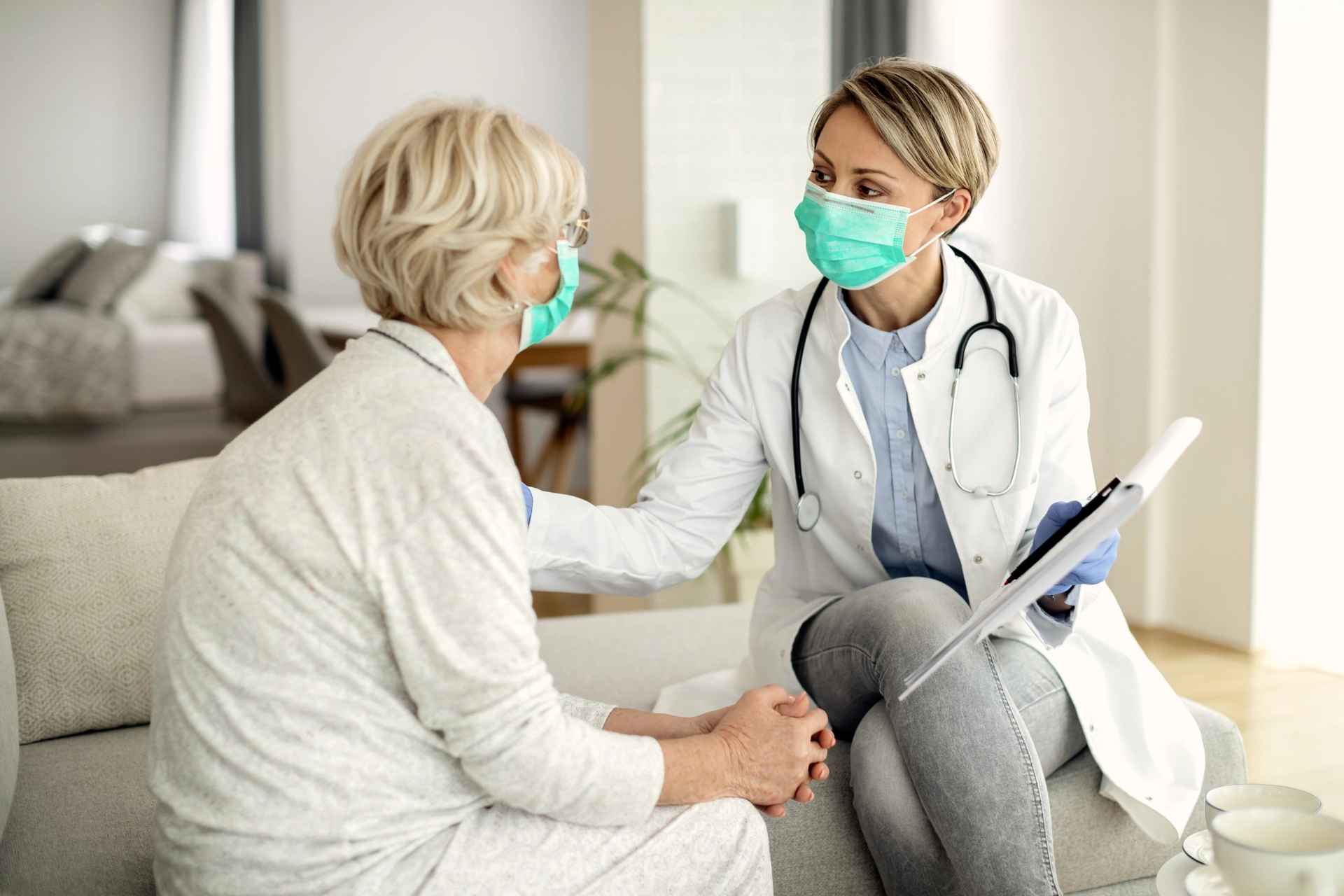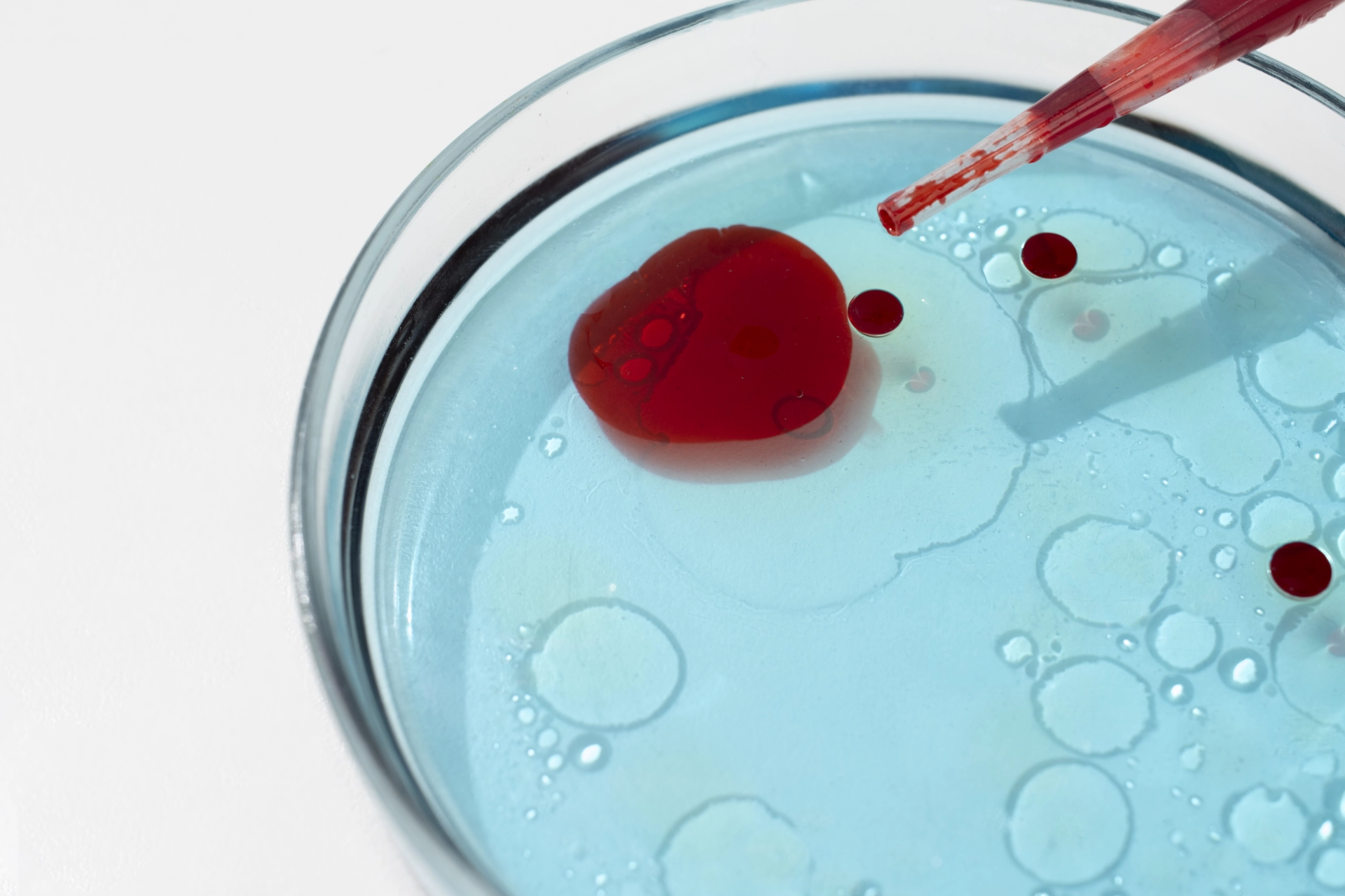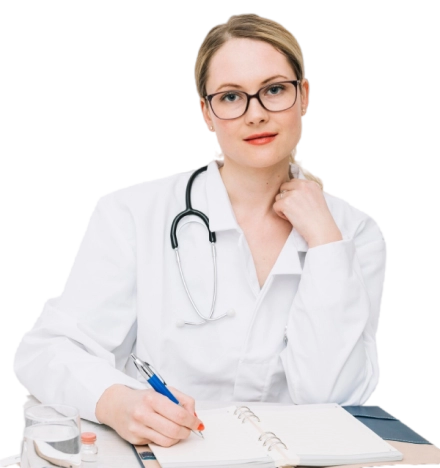Eyelid hygiene is focused on restoring and maintaining the health of the eyelids and eyelashes, improving elasticity, and reducing wrinkles in the skin around the eyes. Protecting the eyelids from harsh environmental factors, infections, and parasites is key to preventing and treating blepharitis and dry eye. Proper eyelid hygiene helps the glands function normally, restores metabolic processes in the skin, and ensures a healthy tear film.
Daily eyelid and eyelash hygiene involves simple habits like removing dirt, natural eye secretions, makeup residue, and other tiny particles that build up around the eyes throughout the day. The skin on the eyelids is the thinnest on the human body, so it requires the most delicate care. While a simple wash with water in the morning and evening is good, it isn't enough to prevent eyelid diseases.
What Happens When You Neglect Hygiene?
Many people underestimate the importance of eyelid care. The buildup of dirt and oily secretions on the eyelid margin creates a perfect environment for bacteria to multiply. Insufficient cleaning can lead to blepharitis and conjunctivitis.
Meibomian Gland Dysfunction (MGD)
One of the most common causes of eye diseases is Meibomian Gland Dysfunction (MGD). These tiny oil glands are located on the edge of the eyelids where they meet when your eyes are closed. They secrete an oily fluid that covers the eye's surface and prevents the watery part of the tears from evaporating. MGD is the main cause of dry eye syndrome and affects about 70% of the urban population. It is also associated with all forms of blepharitis.
Risk factors
include wearing contact lenses and glasses, eye makeup, working in dusty conditions, and daily computer use.
MGD Prevention: Eyelid Hygiene
Eyelid hygiene is the primary method for treating and preventing MGD and is widely used in ophthalmology. The basic principle is using single-use, sterile, moist wipes with soothing natural ingredients, as well as warm compresses.
How to Choose Quality Wipes
Focus on the manufacturer. ООО "M.K. Aseptica" has been on the Russian market for over 23 years. Their medical, cosmetic, and hygiene products under the "Aseptica" brand are well-known to consumers (for example, single-use alcohol wipes can be found in almost any medical facility). The company has a modern production complex and its own lab for quality control of raw materials and products.
In 2021, "M.K. Aseptica" introduced a new product: sterile moist wipes for daily eyelid and eyelash care called ODOSASEPTICA. They clean the eyes of secretions, dirt, and small particles and are an effective preventative measure against MGD. The product was developed with the assistance of the Helmholtz National Medical Research Center of Eye Diseases, commissioned by the Ministry of Industry and Trade of the Russian Federation. The wipes have been featured at professional exhibitions and have received positive feedback from doctors and ophthalmology clinics.
ODOSASEPTICA Advantages:
• Soft non-woven fabric
• Formulated to match the tear pH
• Free of fragrances, preservatives, and dyes
• Hypoallergenic and do not require rinsing
• Contain green tea, chamomile, and calendula extracts that soothe the eyelids, reduce puffiness, and provide deep hydration
ODOSASEPTICA can be prescribed to patients for both prevention and as an additional treatment for blepharitis of various causes.
How to Use ODOSASEPTICA
It's recommended to perform the eyelid and eyelash cleaning procedure daily. The compact packaging allows for use anytime, anywhere.
Step-by-step instructions:
1. Wash your hands with soap and warm water (or use an antiseptic).
2. Open the package and unfold the wipe.
3. With your eye closed, gently apply the wipe to your eyelids and the base of your eyelashes.
4. Massage your eyelids with gentle, circular motions.
5. Use a separate wipe for each eye.
Warm Compress:
To make a warm compress, heat the wipe in a cup of hot water for 2-3 minutes, open the package, and place it on your closed eyelids for 1-2 minutes. This improves the drainage of the meibomian glands, prevents secretion buildup, enhances blood circulation, and lowers the risk of inflammation.
